While the finales of Marvel Cinematic Universe series have generally struggled to stick the landing, the Ms. Marvel finale managed to do justice and provide closure to Kamala’s story while still setting up massive implications for the future of the MCU. It did gloss over most of the unanswered questions about Kamala’s powers, which is disappointing. Still, it seemed to “answer” them in one of the most exciting—and likely polarizing—ways possible.
Kamala’s story in Ms. Marvel began as a relatively small-scale tale of a superhero fangirl in Jersey City. So much of the absolute charm of the early episodes of the series is centered around her family and friends in this context. The second act of the show brought forth her mysterious and eye-opening history that brought the show to new levels of depth and intrigue. While the penultimate episode left the status of her main adversary precarious, the finale skillfully but simply brought it back to where it all started—high school.
Like any classic satisfying finale, the entire ensemble got involved in meaningful ways. The high school sequence with the Department of Damage Control was a warm reminder of the innocence and youth of the main hero and showed a glimpse of what “Ms. Marvel” could be as a hometown hero. Fans of Ms. Marvel comics will appreciate the subtle nods to the comics and the ways certain elements were rearranged in order to fit the live-action story. While much of Kamala’s reckoning with her friends and family after her reveal that she is the masked hero was too quick and smooth, it was likely the better route for the ending of such a short series.
Kamala finally got her “Ms. Marvel” moment(s) this episode as she donned her final costume, adopted her name, and took on her greatest challenge yet. Anyone familiar with her “embiggening” from the comics would be giddy to see the resemblance they gave her to her comic book counterpart in the finale. It was a mystery how Kamala would adopt “Ms. Marvel” as a mantle in live-action, but it was ultimately grounded in the name given to her by her parents, which nicely ties in the heavy family themes of the series into her superhero identity.
The main villain of the finale was set up in the post-credit scene of the first episode, though Damage Control did not play a particularly large role in the bulk of the series. So while the switch from the Clandestines back to the DODC as the adversaries is not seamless, there was enough Damage Control before the finale to require some resolution to that aspect. The organization represented a lot of Kamala’s ordinary-life struggles, so her overcoming the racist, xenophobic, and enhanced-individuals-hating villain makes the win fulfilling. The question of Damage Control still lingers, and the willingness to take the “bad apple” approach to the DODC calls into doubt how aggressive the future of that organization actually is. Similarly, Kamran ends the series in a surprising way as not quite a villain but with no real resolution.
Of course, the moment of this finale that will gobsmack countless fans is Bruno’s reveal to Kamala that she has “a mutation” in her DNA. Considering the long-running debate over Marvel Studios not making Kamala an Inhuman, the fact that she may be the first confirmed mutant of the MCU is nothing light. It is too brief to draw any major conclusions from it yet. Are there others? How long have mutants been around? How does it actually play into her powers? It is all unclear. Part of the problem is, as mentioned, that the series declined to fully explain Kamala’s powers and ultimately left the Noor dimension a vague resource to draw from in lieu of Inhuman lore. In any event, the “mutation” drop was one exciting way to finish out the finale. Because it was mentioned so late, it did not affect, confuse, or overpower the rest of the story that came before it, and it without a doubt will keep eyes on Ms. Marvel going forward.
Just as the mutant reveal sparked curiosity for the future of the character, the post-credit scene set up a predictable—but major—next step for Kamala. For whatever reason, Kamala’s bangle goes haywire and seemingly causes Carol Danvers and her to switch places, with Carol popping up in Kamala’s room. Brie Larson’s cameo is a fun, high-profile inclusion, but the fact that she and Kamala still never actually meet in the series leaves something wanting. Clearly, The Marvels will take on a huge role in exploring the next steps of Kamala’s story. Her powers are likely tied to something bigger that will play a role in that story. Even with that knowledge, the downside of Ms. Marvel was the eventual lack of answers on the mystery it created.
Looking past all the implications of Kamala’s “mutation” and The Marvels tease, the finale did an expert job of tying the series in a bow with respect to Kamala’s origin as a Jersey City superhero. The transition between the threads being weaved in Episode 5 and the final episode is a tad choppy, but ultimately the right call. Ms. Marvel ends its tenure on arguably the best finale of any MCU series, and arguably as the best series itself. Iman Vellani and the rest of the stellar cast brought the charm and heart of the beloved character to the screen, and the show is one of the few to manage the 6-episode format in a satisfying and rewarding way.







